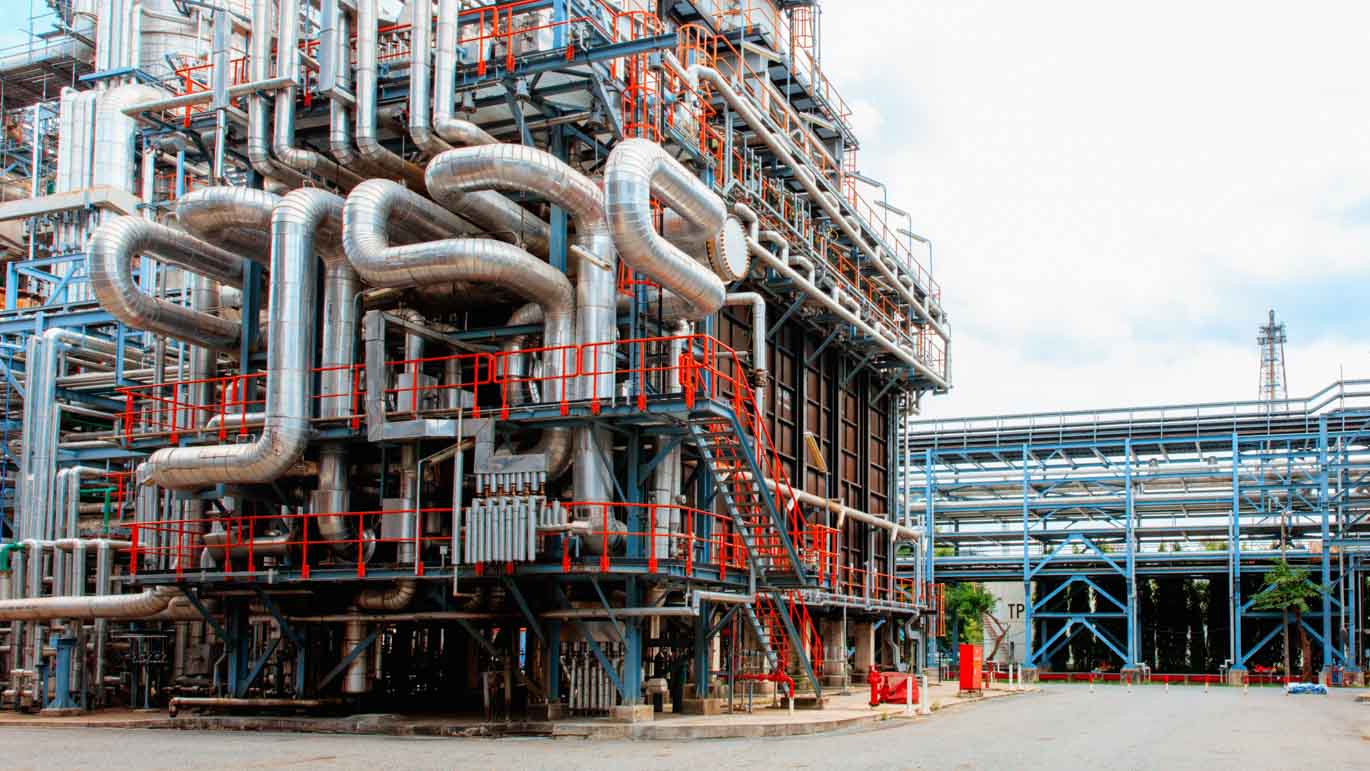Considering Advanced Work Packaging? Don’t fall prey to these common misconceptions!
Some forward-looking organizations discover Advanced Work Packaging (AWP) in the course of an ongoing quest to get better at what they do. Others come to AWP reluctantly, forced to adopt it because it has shown up in a contract or a bid document. Regardless of how you arrive on the doorstep, you will no doubt have to wade through a stew of toxic rumors and wild myths in Advanced Work Packaging. This article cuts through it.
We’ve heard it all. AWP is too expensive. It requires too many people, too much new technology, too much time. My team doesn’t like to change. The Owner won’t pay. AWP is just the latest buzzword — I already do constructability analysis, and besides, my project is too small to warrant a “system” like AWP.
Have you heard these myths? Have you believed them? Don’t fall for it. AWP can work for your project. Let’s go through and bust these myths, one by one.
Myth #1
“AWP can only be used on large, complex projects.”
The reality is that AWP can benefit all projects, regardless of size. It’s true that the largest projects will require a full AWP deployment, with a comprehensive array of construction-driven packaging, processes and assurance systems. But construction-driven planning, engineering and procurement can benefit even the smallest capital projects. All it takes is a little know-how.
Myth #2
“Expensive new hardware and software are required to implement AWP.”
The reality is that hardware and software are tools, not solutions. The solution to capital project problems is a team of professionals who understand Advanced Work Packaging and have the skills and ability to execute a project using principle-driven practices and Predictability Thinking™. Technology purchasing decisions can then be made in an informed way. Simply put, do not let technology decisions be made by someone who doesn’t understand AWP.
In other words, if a company is not mature enough to use AWP without technology, then technology won’t solve its project execution problems — and may even exacerbate them. You would never say: “I don’t need a project manager, I’ll just buy the project management software,” or, “I don’t need a scheduler, I’ll just buy Primavera.” Why would you say: “I don’t need Advanced Work Packaging professionals, I’ll just buy the software?”
Myth #3
“AWP implementation requires a large investment in additional staff.”
The reality is that a properly staffed project team should have no trouble staffing a project that applies the principles of Advanced Work Packaging. A fully-staffed project will have a scheduler, an interface manager, a field planner and all the other key players required to successfully execute a construction-driven AWP project.
If you don’t have a properly staffed team, then your attempt to implement will highlight the absence of key people, and reveal just how understaffed you are. This being said, compared to traditional capital project teams, AWP implementation will require the staffing of AWP champions — especially for first time implementations — and field package planners who are going to build and manage your smallest field packages. To optimize cost and to make sure that this investment reliably results in cost and schedule savings and a larger internal return, please talk to a project predictability expert from Concord® to help you plan your company’s investment in building these AWP capabilities.
Myth #4
“The costs of AWP outweigh the benefits”
This is one of the most persistent myths in Advanced Work Packaging. If you’re undertaking a significant capital project, the likelihood that you’ll be late and over-budget is very, very high. By some estimates, fully nine out of 10 capital projects cost more than expected, and of those, more than 70% report no budget variance at the halfway point. Advanced Work Packaging is the solution to this problem because it creates the conditions in which you can spot minor problems long before they manifest as major catastrophes.
If you’re applying AWP for the first time, it will cost money. You will need to train your team, and you will need a Predictability Package™. These costs, however, ring up at far less than a single major change of scope in a capital project. AWP is worth it.
Myth #5
“AWP is just a fancy buzzword for standard packaging protocols.”
The reality is that Advanced Work Packaging is radically different from any other project planning system in use today. AWP is construction-driven, and standard work packaging is not. Standard systems bring in construction leaders just before the shovels go into the ground, but AWP requires that construction leaders be involved in planning from the outset. Standard systems organize work packages around engineering, design or a myriad of other drivers, whereas AWP requires that work packages be organized solely around the needs of construction. There are so many differences, we wrote a whole article about them.
Myth #6
“AWP can only be implemented when material tracking systems are available on site.”
The reality is that material tracking systems have little to no impact on your ability to execute an AWP-driven project. It is called Advanced Work Packaging because it happens in advance of engineering, procurement and construction — long before a single penny is spent, or a single piece of material arrives on site.
AWP requires only that you align procurement with the path of construction, and that happens when you’re building your work packages, long before you need to track on-site materials. Material tracking systems are important, they’re just not required for AWP implementation.
Myth #7
“Owners are reluctant to fund AWP-related work.”
The reality is that owners want predictability and value for money, and AWP delivers both, and so smart Owners are always on-board with AWP. Here at Concord®, we work with Exxon, an Owner company that is deeply committed to the AWP method and helps contractors train in it. If you’re a contractor, an investment in AWP is in your best interest — you can upgrade your own capabilities, gain a meaningful competitive advantage, and lead the market.
Myth #8
“Teams resist an AWP pilot implementation.”
The reality is that capital project professionals embrace AWP and the transformation it brings to their organizations and their teams. Why? Because AWP makes their jobs easier. It solves problems before they become problems. It improves outcomes across the board. It makes sense.
Yes, change is hard. Myths in Advanced Work Packaging run rampant. Certainly, you’ll need to leverage professional change management expertise and apply our unique proven change model for AWP to overcome the natural resistance to change. But once your team understands AWP, they will embrace it.
Myth #9
“Most companies already have a strong Path of Construction.”
The reality is that constructability is not a Path of Construction. You’re probably already doing constructability reviews as a Value Improvement Practice, and that’s important, but it’s not the same thing as developing a Path of Construction.
Fundamentally, constructability it about “how to” and a Path of Construction is about “when to.” If this concept is new to you, check out our previous article: 6 Signs You’ve Lost Your Way On The Path Of Construction — one of the most popular articles we’ve written.
Myth #10
“The feed contractor has to continue as the EPC contractor if we use AWP.”
The reality is that you can still keep your feed contractors separate from your EPC contractors. All you need for AWP implementation to be successful is for the Owner of the project to be committed to it. Certainly you’ll need to have a strategy to ensure continuity, but it can be done.
Myth #11
“AWP can be done independently from other project processes.”
This is possibly the most damaging of myths in Advanced Work Packaging. The reality is that AWP must be integrated into every project process, bar none. If your project management process are weak, you’ll have a great deal of difficulty implementing AWP. Here at Concord®, the first thing we always do is assess the maturity of an organization and its team. This way, we’re able to identify and fix project process problems before we begin to implement AWP. This is critical to AWP implementation success.
Myth #12
“AWP implementation starts at the Front-End Engineering Design (FEED) Phase.”
The reality is that AWP begins when you first consider the possibility of undertaking a capital construction project — that’s how central it is to on-time, on-budget delivery. Here at Concord®, we do not work with projects that want to start AWP during detailed engineering or construction phases — it’s simply too late. Smart companies invest in construction-driven planning long before FEL, because the team is either working from an AWP mindset, or they’re not.
You can’t do it halfway.
Are you interested in helping your team unravel the myths and realities of AWP? We can help. Click here to contact us!





